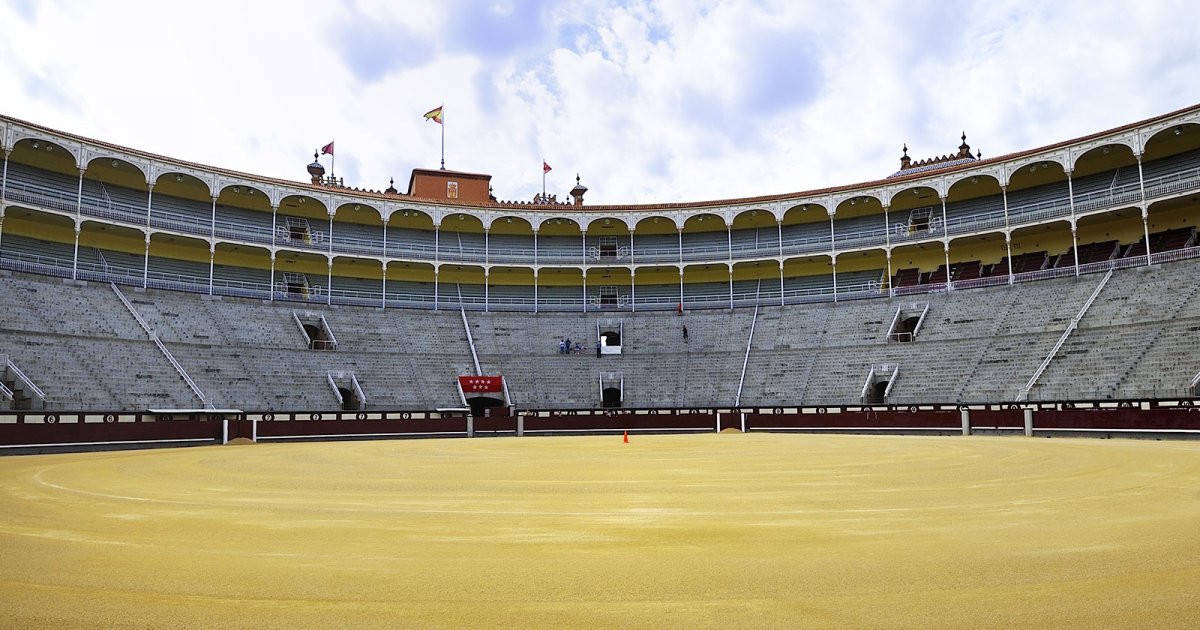PLAZA DE TOROS, History
 Language: English / USA
Language: English / USA
Hi, I'm James, your personal guide. Together with MyWoWo, I'd like to welcome you to one of the wonders of the world.
Today I'll accompany you through the "Las Ventas" Bullring of Madrid.
The "Las Ventas" Bullring is one of the most famous monuments in the world!
The decidedly scenic arena which hosts bullfights appears before you in all its grandeur as soon as you exit the subway: "Las Ventas" is the most prestigious "plaza de toros", or bullring, of Spain. This impressive round Colosseum is sixty meters in diameter, can hold almost 24,000 spectators, and was inaugurated in 1931.
But the bullfighting tradition is much older: just think that in Madrid, shows with bulls already took place at the beginning of the 17th century, and were held in the just-built Plaza Mayor.
The idea to build a "monumental" square that would be a worthy setting for the bullfights didn't come to either an architect nor a king, but in fact to a bullfighter; he was known as "Joselito" and entrusted the work to his friend, the architect José Espelius. The seats are divided into high and low "tendidos" (stages), "gradas" (steps), and "andanadas" (galleries). Bullfights are held here between March and October.
The famous Feria de San Isidro was established in 1947, which is still the season's most important event. During this "feria", which falls in May, there are bullfights with a full house every afternoon. And by the way, if you want to seem more like a local, remember that the word "corrida" is used primarily by tourists: the people of Madrid say "ir a los toros", which means "go to the bulls". Also remember that "toreador" is the generic term for those who enter the arena: the one who kills the bull with a sword is called a "matador".
Spectators from Madrid are notoriously demanding, and often affect the final verdict with whistles, applause, or gestures.
FUN FACT: for decades now, bullfights have aroused heated controversy between the "taurinos", or supporters of the bullfighting tradition, and "antitaurinos", the animal rights supporters. A few years ago Catalonia banned them with a law that was, however, declared unconstitutional in 2016, as bullfights are considered expressions of Spanish culture and the State doesn't have the right to legislate cultural matters. The poet Federico García-Lorca, who was passionate about bullfighting, described the corrida as "an authentic religious drama".



